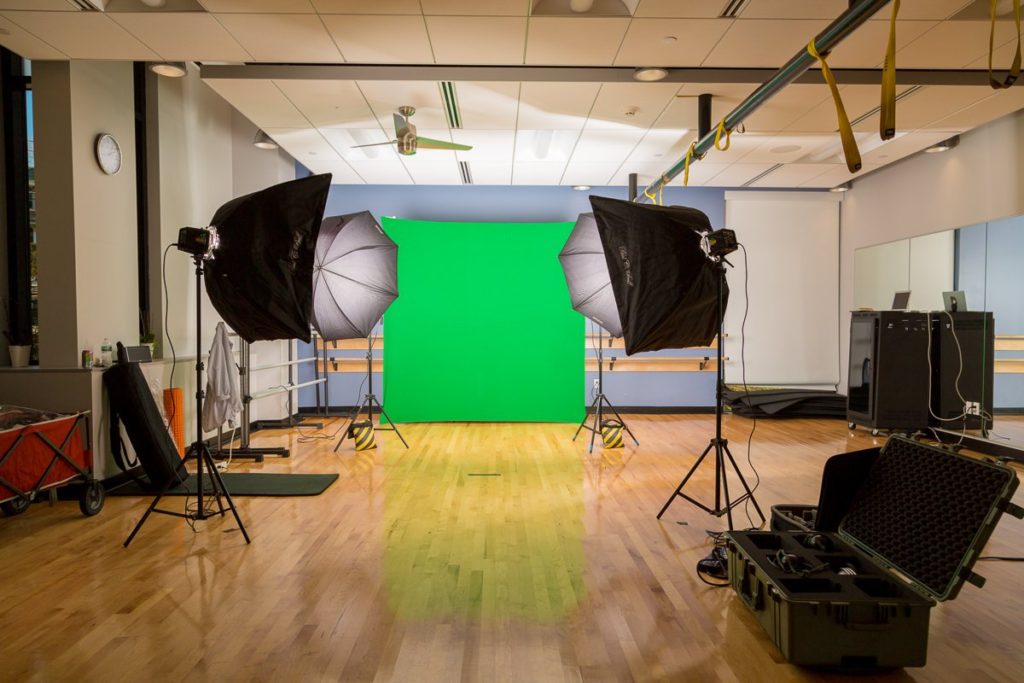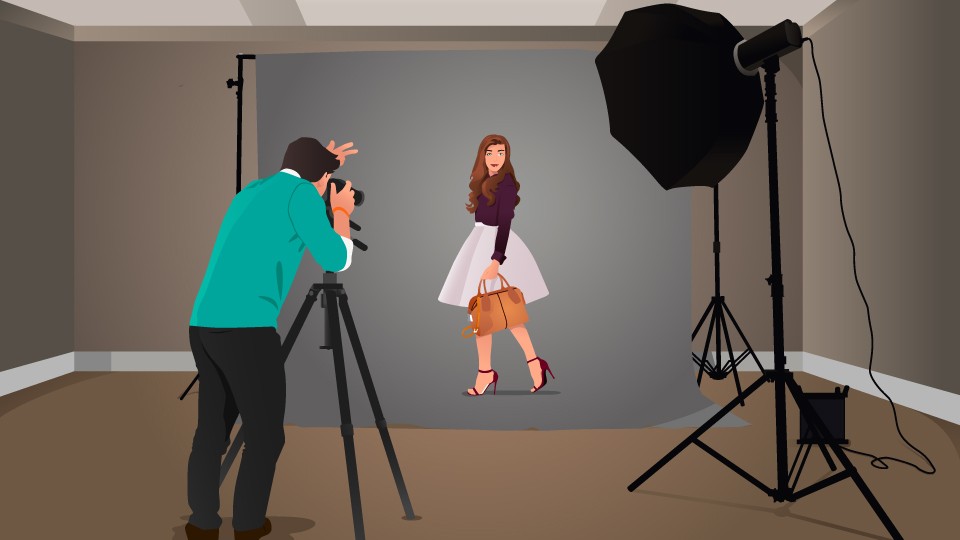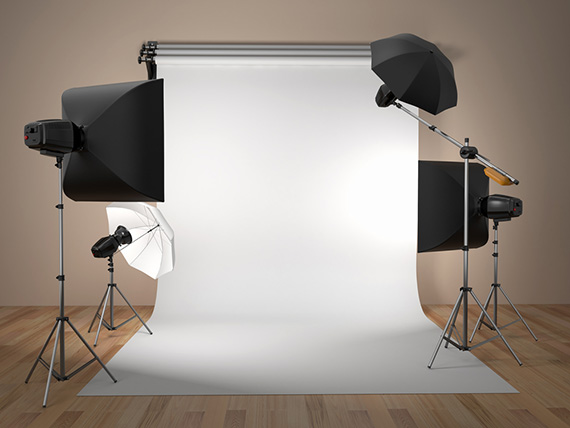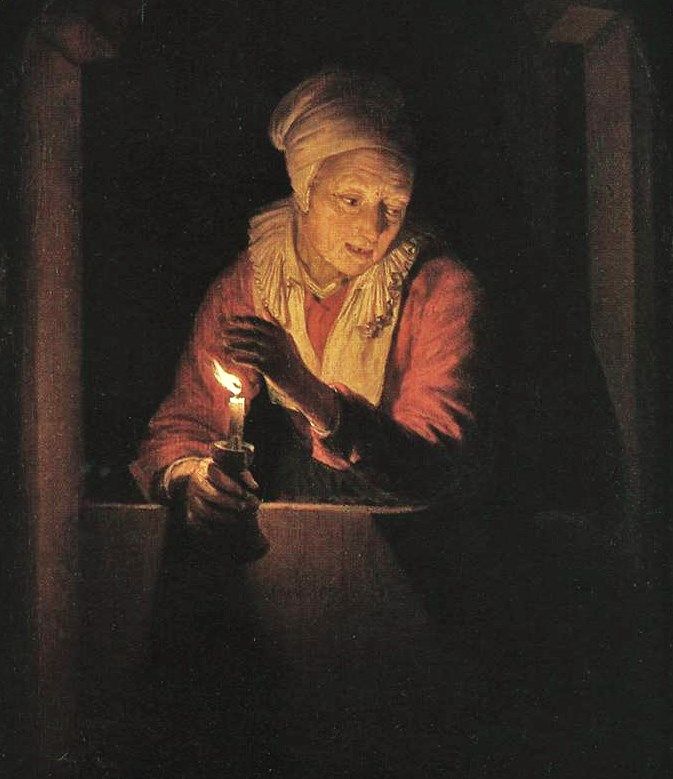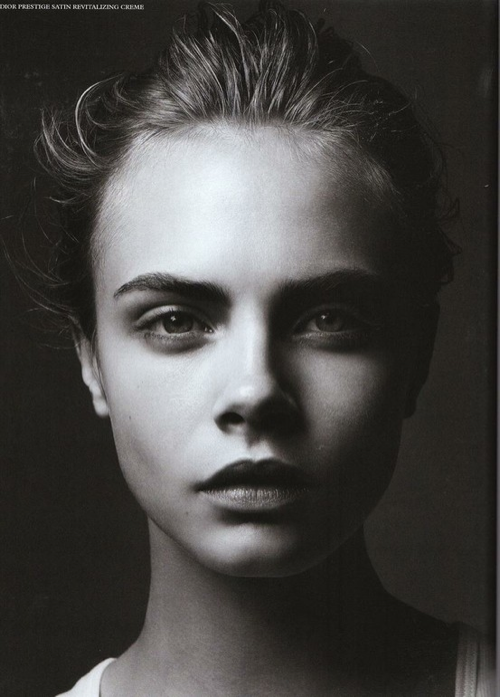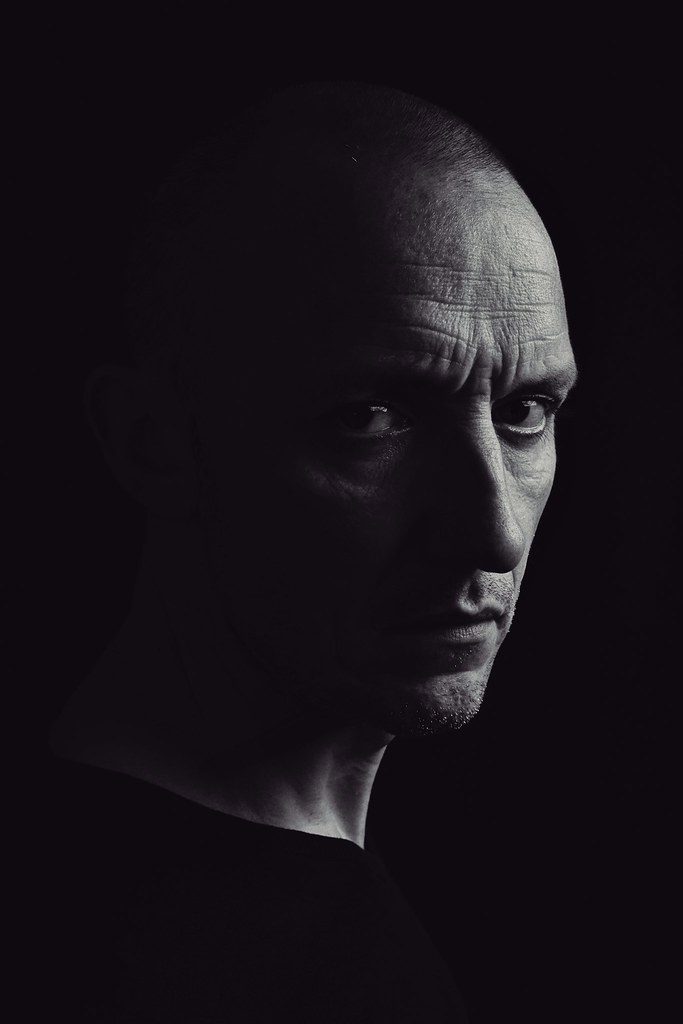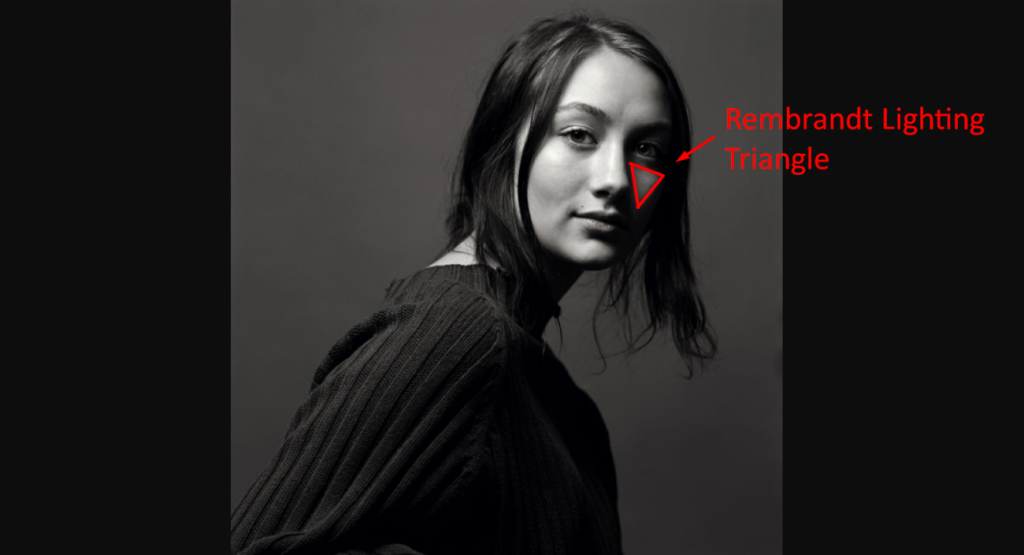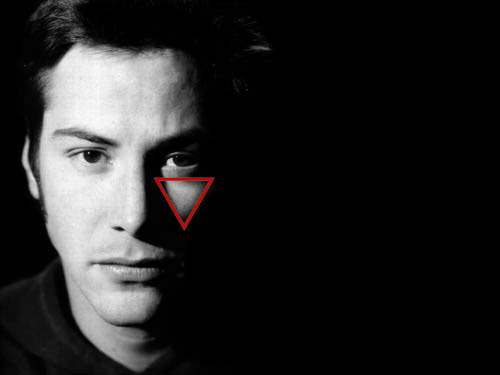Studio photography first began in the 19th century. Here the earliest known photographic studio was made up of painters’ lighting techniques to create photographic portraits.
Here sunlight was the main use of lighting as it was the cheapest option and strong enough to bring light into the photograph. this was achieved through a large window of sky light facing north above or somewhere around the subject being used.
Later on, Flash photography began to be used here Flash powder was the first of artificially illuminating photography sufficiently bright enough to freeze the action. However this was not safe therefore as electricity and the vacuum tungsten light became available to help start the beginning of studio photography.
Electric studio flashes became available in the 40s but they were very dangerous and expensive as they could even explode. In the 60s these flashes were used commonly in professional studios whereas small time portrait photographers would still use tungsten lights (or hot lights). Furthermore in the late 70s flashes and sometimes strobes became affordable for small studios. Now in the last 10 years digital studio photography is used more frequently nevertheless in some instances film is still used.
Studio Photography has many uses in todays society such as:
- Advertising (eg food, product, corporate, architecture, film library etc)
- Still Life
- Portraiture
- Fashion (which could be viewed as a sub-category of advertising)
- Fine Art
https://staffweb.worc.ac.uk/photomodule/CDME2021&3021/Session02/History-of-studio-photography
1-2-3 Point Lighting
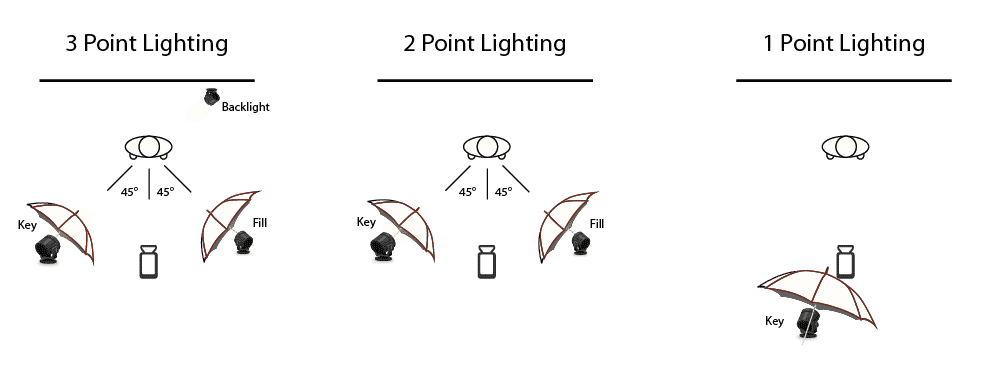
1 point lighting is good technique for contrast against the high and low tones of the image, here many photographers use chiaroscuro and Rembrandt lighting.

2 point lighting is often used as one light (key light) helps ton illuminate the subject whereas the second light (often fill light) offers a second source of light whilst controlling the shadows.

3 point photography is similar to two point however this has an additional back light which helps to provide more continuous light throughout the image. Here the backlight brings light to the subject from behind which helps to separate the subject from the background and lighting the contours which are present.

Chiaroscuro
Chiaroscuro is Italian for “lightdark” which refers to it meaning of bold contrast between light and dark, here they usually effect the whole composition within the image. Chiaroscuro first started out in 15th century paintings in Italy and Holland; however what people perceive as “true Chiaroscuro” started in the 16th century in Mannerism and in Baroque art.
Examples of Chiaroscuro Photography and Paintings^
Rembrandt Photography is a type of chiaroscuro photography however it is more technical, here light is projected onto one side of the subject face which causes a highlight on the other side of the face shown as an upside down triangle which is formed by the shadow from the subjects nose and the contour of the cheek.
My attempt with Chiaroscuro
Contact sheet^
Favourite Outcomes




